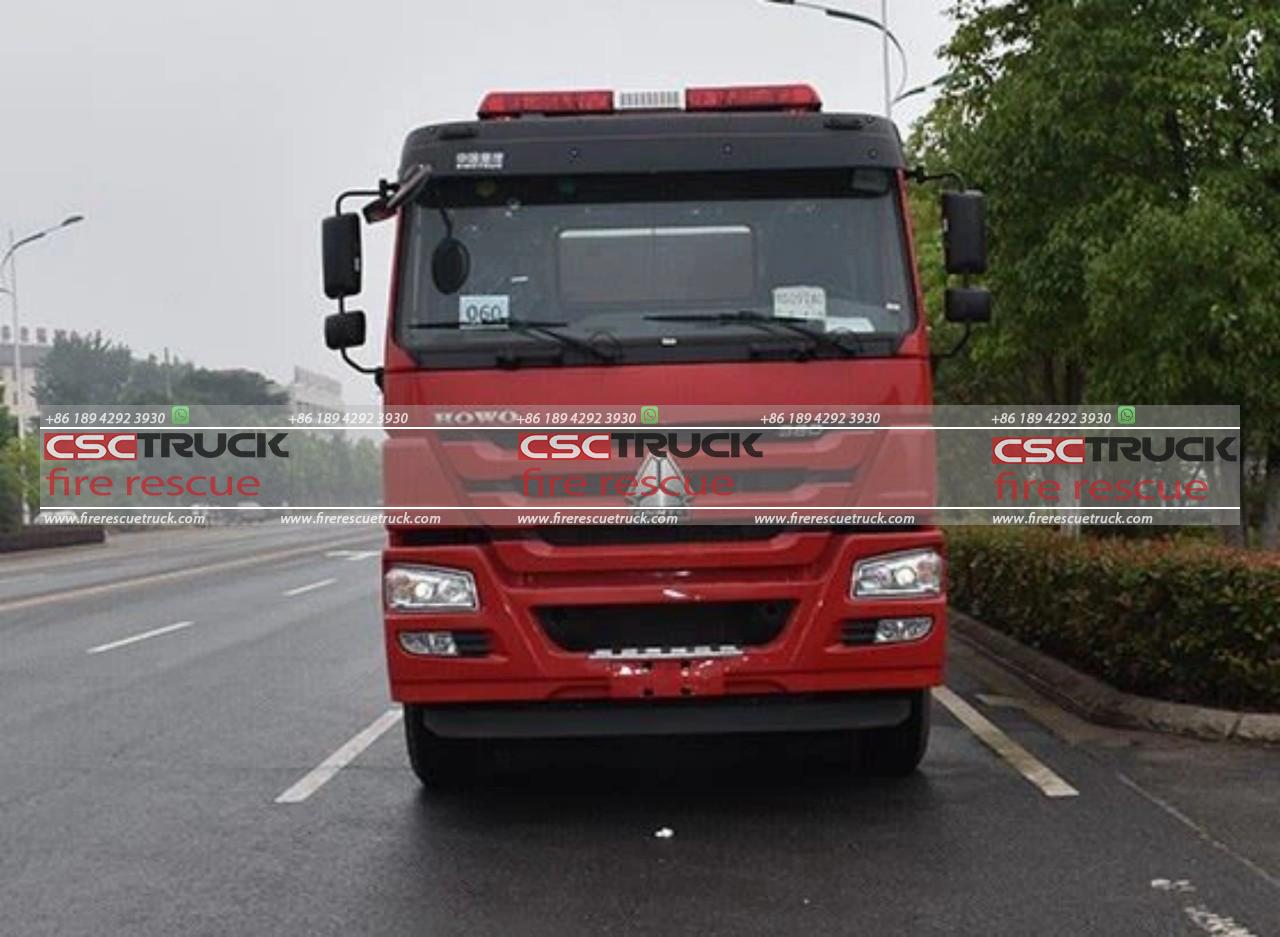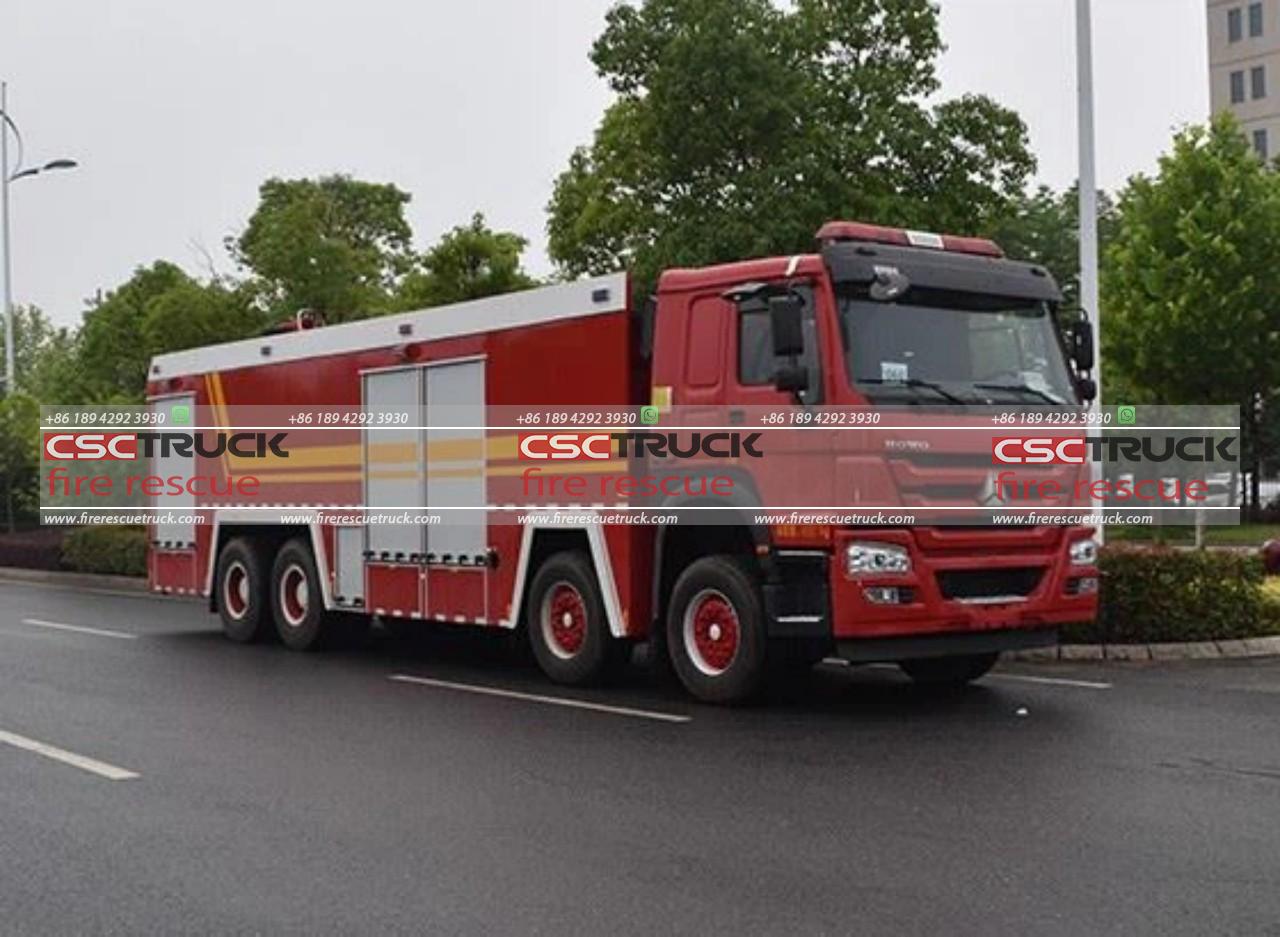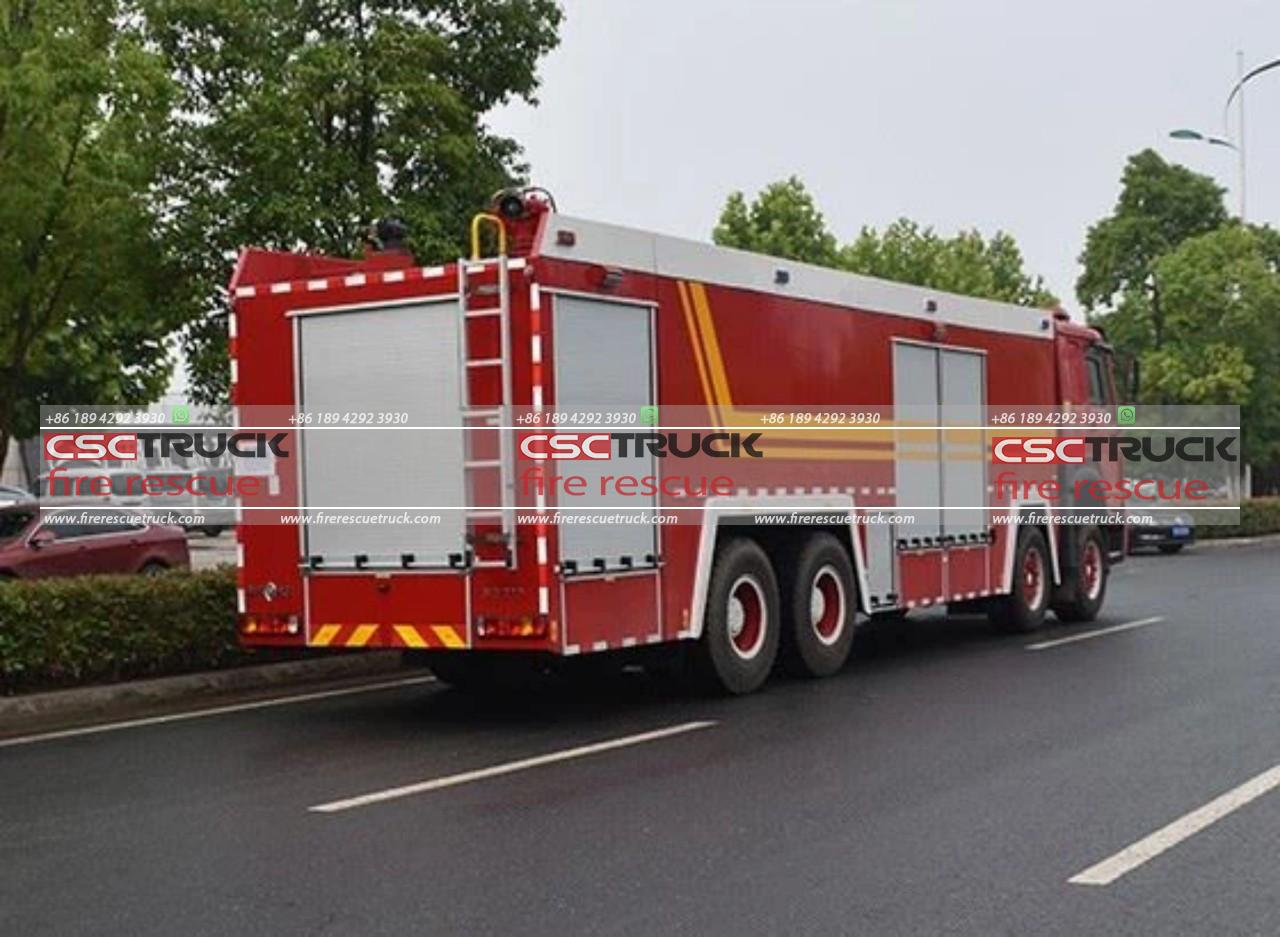Why Do the British Say “Fire Engine” Instead of “Fire Truck” or “Fire Lorry”?
Language often carries within it the history and culture of its people. This is no different when we look at the differences between American and British English. One such subtle but interesting difference lies in the terminology used to describe the vehicle responsible for transporting firefighters and their equipment to an emergency. In America, people often refer to this vehicle as a “fire truck.” However, in the UK, the term “fire engine” is much more common. This distinction raises an interesting question: why do the British say “fire engine” instead of “fire truck” or “fire lorry“? To answer this, we need to delve into the history of firefighting, the evolution of language, and the distinct cultural and engineering influences that have shaped British terminology.
Historical Context of Firefighting and “Engines”
To understand why “fire engine” is the preferred term in the UK, it’s essential to first trace the history of firefighting and firefighting vehicles.
Firefighting as an organized activity began in ancient Rome, where bucket brigades would use water from local sources to extinguish flames. In medieval Europe, fire prevention and suppression remained rudimentary, largely relying on citizens and basic equipment like buckets and hand pumps.
The real leap forward came in the 17th century when firefighting apparatus began to be more technologically sophisticated. One of the most notable inventions was the water pump, which was a game-changer for firefighting. This pump, which was manually operated, began to be referred to as a “fire engine.” The word “engine” derives from the Latin word *ingenium*, meaning a clever invention or mechanical device. Therefore, a “fire engine” was originally a piece of machinery, designed to help fight fires by pumping water efficiently.
The term “engine” stuck as these water-pumping machines became more advanced, and by the 18th and 19th centuries, the word “fire engine” was commonly used to describe vehicles carrying this critical technology. Since this term was already well-established in British culture, it carried over to refer to modern vehicles equipped with advanced firefighting equipment, even as the vehicles evolved over time.

Fire Engine” and the Influence of Industrialization
Britain’s historical role as a leader in the Industrial Revolution also played a part in cementing the term “engine.” British society was increasingly exposed to mechanical innovations, with the word “engine” becoming synonymous with mechanical and steam-powered devices. The early fire engines of the 19th century, which were often steam-powered, further linked the term “engine” with firefighting apparatus.
By contrast, in America, the word “truck” has historically been associated with large vehicles designed for carrying goods or materials. While American fire services adopted some of the same firefighting technology as their British counterparts, the general term “truck” came to describe the large vehicles used in various industrial contexts, including firefighting. In the United States, the distinction between different types of firefighting vehicles (like “ladder trucks,” “pumper trucks,” or “rescue trucks”) also contributed to the widespread use of the term “fire truck.”
The Evolution of “Fire Engine” and “Fire Truck” in British and American English
The linguistic divergence between the UK and the US regarding firefighting terms didn’t happen overnight but was the result of cultural, technological, and linguistic factors that evolved over centuries.
In Britain, the term “fire engine” remained consistent, owing to its deep historical roots. Early fire engines, whether horse-drawn or steam-powered, were referred to as engines because the focus was on the machinery that powered them. The vehicle itself was secondary to the mechanical device inside it. As motorized vehicles took over from horse-drawn apparatus in the early 20th century, the term “fire engine” persisted, despite the fact that these vehicles were no longer powered by a steam engine or water pump.
Meanwhile, in the United States, as firefighting technology advanced, the vehicles became more diverse, with specific names like “ladder truck” or “pumper truck” emerging to describe the different functions of the vehicles. The word “truck” in American English became more commonly associated with vehicles designed for transporting heavy loads, whether goods, construction materials, or specialized equipment like firefighting tools. Thus, “fire truck” became the default term, emphasizing the vehicle rather than the equipment or machinery it carried.
In the UK, on the other hand, the term “lorry” is commonly used to describe large freight vehicles. While “lorry” and “truck” are largely interchangeable in British and American English, “lorry” never caught on to describe firefighting vehicles. This is likely because the term “engine” was already so deeply embedded in the British lexicon, particularly in association with vehicles that perform mechanical functions.

Cultural Perception and Popular Usage
In both the UK and the US, cultural perception also plays a significant role in how terms evolve. In the UK, the term “fire engine” carries with it a sense of tradition and heritage, reflecting the long history of British firefighting services. This perception is reinforced by the iconic imagery of British fire engines: sleek, red vehicles with prominent “Fire & Rescue” branding. For the British, the word “engine” still conjures images of a powerful mechanical device that is both functional and heroic.
In contrast, the term “fire truck” in the US reflects a more straightforward, practical approach to language. Americans tend to favor terms that are descriptive of a vehicle’s purpose and form. Since a “truck” is a large, heavy-duty vehicle, the term “fire truck” simply describes a truck used by firefighters. While this might seem less romantic than the British “fire engine,” it is a product of American linguistic pragmatism, where function often dictates language.
Influence of Media and Globalization
One might expect that with the advent of global media and international collaboration, the terms “fire engine” and “fire truck” would begin to converge. However, media and entertainment have played an interesting role in maintaining these distinctions. British television, films, and news continue to portray firefighting vehicles as “fire engines,” while American media reinforces the use of “fire truck.” This cultural reinforcement helps preserve the linguistic distinction, despite the increasing globalization of the English language.
In children’s media, for example, British children’s shows like *Fireman Sam* and *Postman Pat* use the term “fire engine,” introducing it to young audiences as the correct terminology. Meanwhile, in American children’s shows like *PAW Patrol* or *Blaze and the Monster Machines,* the vehicles are referred to as “fire trucks.” These early cultural experiences shape the way people perceive and use language for the rest of their lives.

Conclusion
The British use of “fire engine” instead of “fire truck” or “fire lorry” is a reflection of the country’s rich linguistic and technological history. Stemming from the original water-pumping “engines” of the 17th and 18th centuries, the term has persisted due to Britain’s industrial legacy and cultural attachment to tradition. While Americans favor the more practical “fire truck,” the British preference for “fire engine” underscores a deeper historical connection to the machinery that revolutionized firefighting. Both terms are correct in their respective contexts, offering a fascinating glimpse into how language evolves alongside technology and culture.







